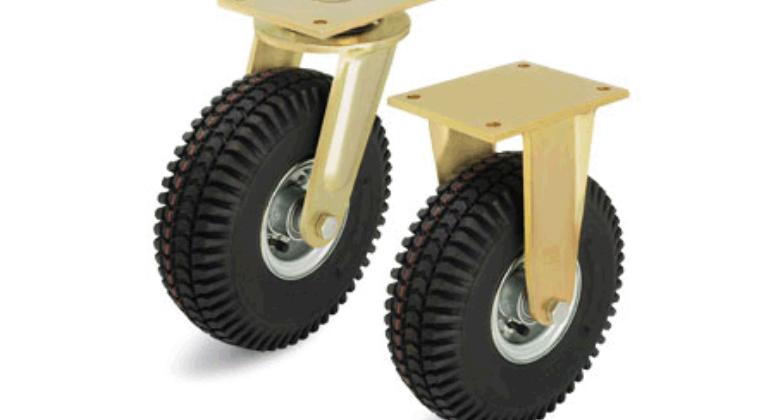
The Philippines is considered by many to be one of the top retirement destinations in the world. You can take a dollar much further than anywhere else, and still experience comfort and convenience. There are of course pros and cons to retiring in any foreign country. Things are not always as you expect them to be, or as you have become accustomed to growing up. We will discuss a few different things you might need to know about retiring in the Philippines.
Cost of living
The cost of living in the Philippines is amazingly low. Although of course how low depends on how native you want to get. Most people that decide to retire to the Philippines can manage to do it on their minimum Social Security check and live quite well. Of course if you decide to live in an expat area, it may be a little more expensive to live among your peers. Housing can range from local rooms running about $100 a month, too full size luxury houses that rent for thousands. You can figure that you can get a very nice place to live for $400 a month in a nice area. Wherever you live, you can still decorate it and make it look like you want it to be. Housing is definitely affordable. If you wish to live out in the province more, away from the city, you can get bigger and nicer places for much less. We tend to like to be near the city.
Safety
Overall the Philippines is fairly safe. We have traveled all over and have never had a problem. Of course you must also use common sense and logic. You can get robbed anywhere in the world, even back home, if you don’t pay attention. In major cities like Cebu or Manila you are very safe. Just remember that you’re a bigger target than you normally would be. You’re a foreigner, and most Filipinos think all foreigners are rich. So just use your brain and be careful.
There has been a large crack down on crime recently, especially drugs and corruption, so things are getting even safer. Just use your head
Healthcare
Healthcare in the Philippines is fine, though it may not be the same as you experience back home. In the main cities, and the main hospitals, you can receive first class care. However out in the provinces, don’t expect too much. The system is very different in the Philippines, but the expenses are also much less. We went to a local doctor and the cost for the doctor’s visit was about $10. A CAT scan is about $200, compared to $5,000 in Los Angeles. You may get last year’s model machine, but it still does the job. We advise getting travel insurance however, as that will cover any larger and more critical injuries. A good travel insurance will also stick you on a plane back home for things that cannot be dealt with in the Philippines. It’s quite a shock sometimes to realize that the cost of everything including a hospital visit is still less than the deductible you would pay back in the USA.
Traffic and Roads
Probably one of the worst things to deal with in the Philippines is the traffic. The infrastructure is completely different than you would experience back home. You just have to settle down and get used to it. It is not uncommon to take a taxi 10 miles and have it take over an hour. Sometimes you wonder if you could walk faster. Taxis can also be expensive, but as a foreigner they are still your best bet. You might have to get used to the occasional power outage, or water shortage, but with a little bit of preparation it’s not so bad.
Retiring in the Philippines is definitely a possibility. Even with a minimum Social Security payment, there is still enough room to hire a maid, or a cook. So while in the United States you might have a hard time making ends meet with a minimum Social Security payment, in the Philippines you can live quite well and even have domestic help. In all of our travels, it is the one we would choose for retirement. As an added bonus, almost everybody in the Philippines speaks English. Good luck on your retirement.







